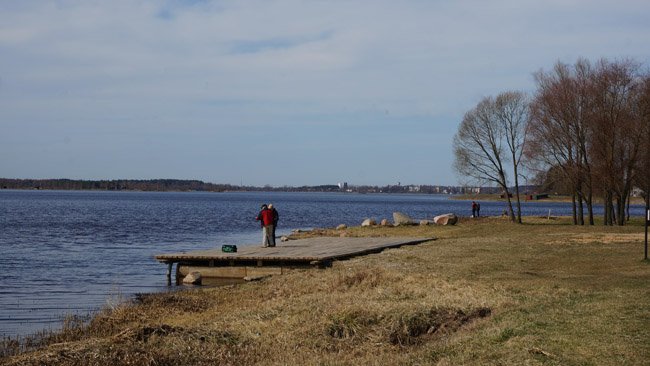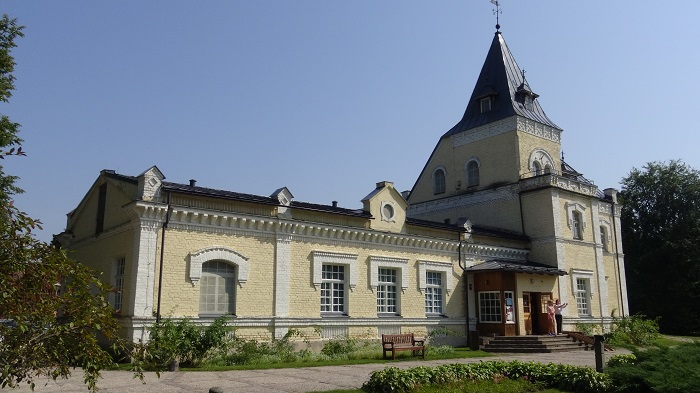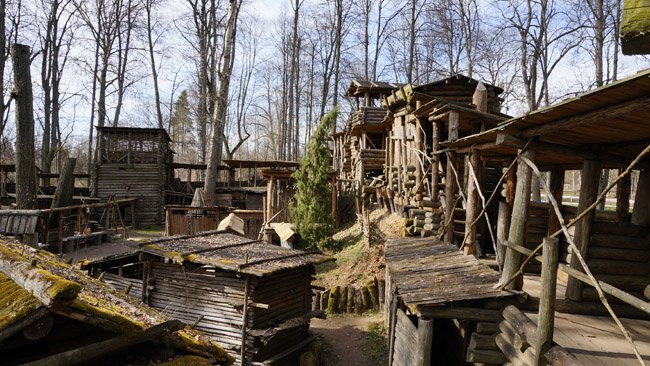Lower Daugava valley is effectively a long suburb of Riga. Unlike in the rest of Latvia, there are few undeveloped places here as the distances between towns are short and people commute to Riga daily. Even Daugava itself seems artificial, as it has been dammed to form two large reservoirs. It’s easy to forget that, but the place is very historic as Daugava was always an important corridor for both trade and warfare.

Salaspils
Closest to Riga Salaspils is mostly known for its military history. It was a location of a massive Salaspils (Kirholm) battle as Poland-Lithuania fought Sweden to determine who would control Riga and thus Latvia (1605).
Newer history is better visible, as a prison camp for Soviet soldiers was established in the local forest by Nazi Germany. After the end of World War 2, the by then destroyed camp became a major propaganda location. A massive monument was built over it, combining respect for those dead with the glorification of communism. After independence, the monument became neglected, while claims of tens of thousands dead in the camp turned out to be untrue. Nevertheless, up to several thousand really died, and the monument is the best surviving example of monumental Soviet propaganda in Latvia.

In the Daugava island near Salaspils, a Daugava museum is open in Dole manor. However, it lacks non-Latvian explanations.

Beyond Salaspils
Most attractions beyond Salaspils are rather low-key. Salaspils and Ikškile upriver both have very old churches from the era when Latvia was undergoing Christianization. Ogre has some old buildings in the main street. Ķegums hosts a small hill full of crosses built after visions for a local woman (it is customary to leave own crosses there).
Lielvarde, a mythological home of Latvian hero Lāčplēsis, has a wooden Uldevens castle. No authentic wooden Latvian castles survived so Uldevens is a modern reconstruction done by enthusiasts. The location is fictional (true castles stood on hilltops) and internal buildings inspired by different regions of Latvia. Nevertheless, the pre-crusader lifestyle is somewhat presented and a rickety-looking castle is perhaps a more authentic presentation of Medieval era than romanticized reconstructions in images. However, nobody speaks English there and the inscriptions are Latvian-only.

A road further on from Lielvarde continues to Koknese.
